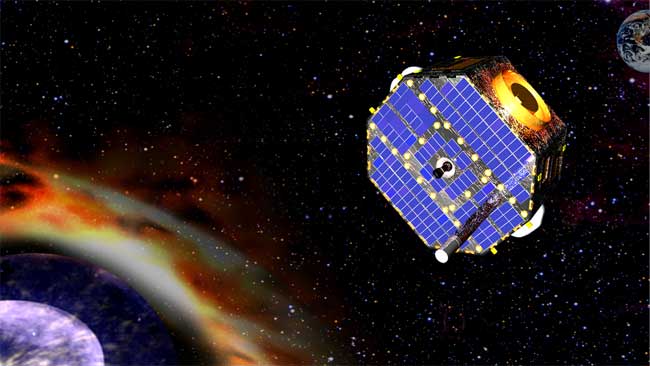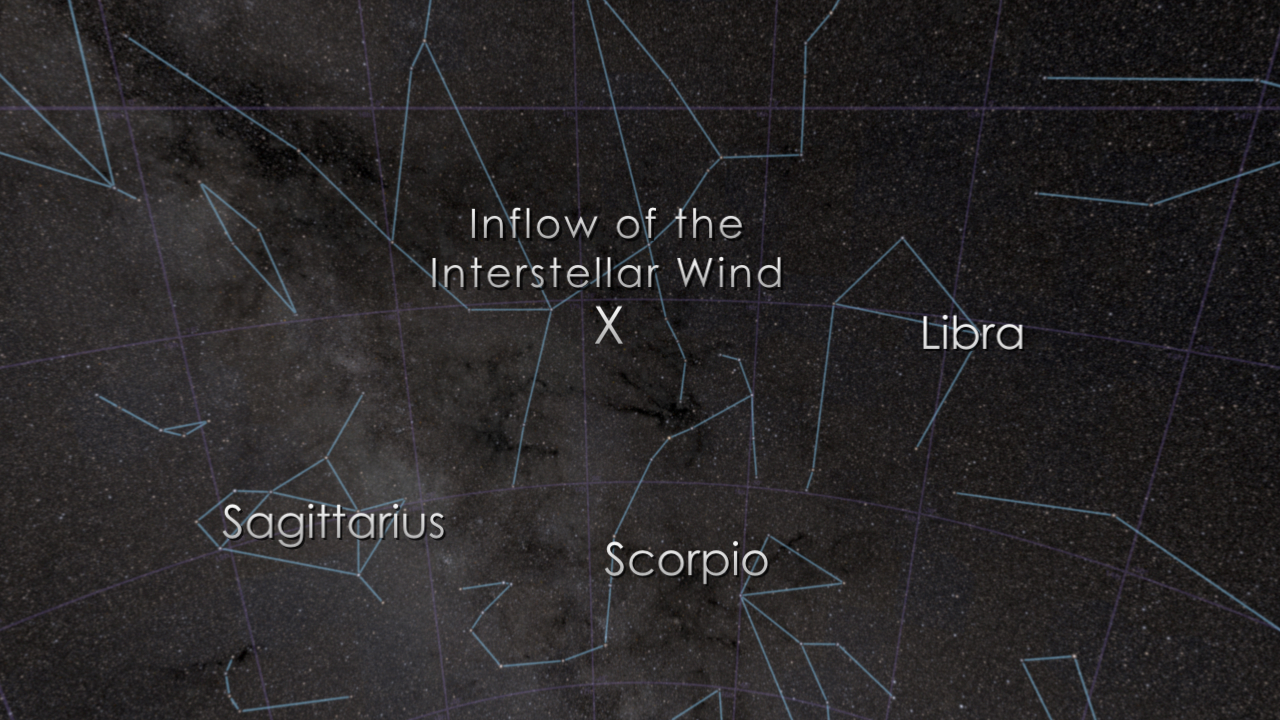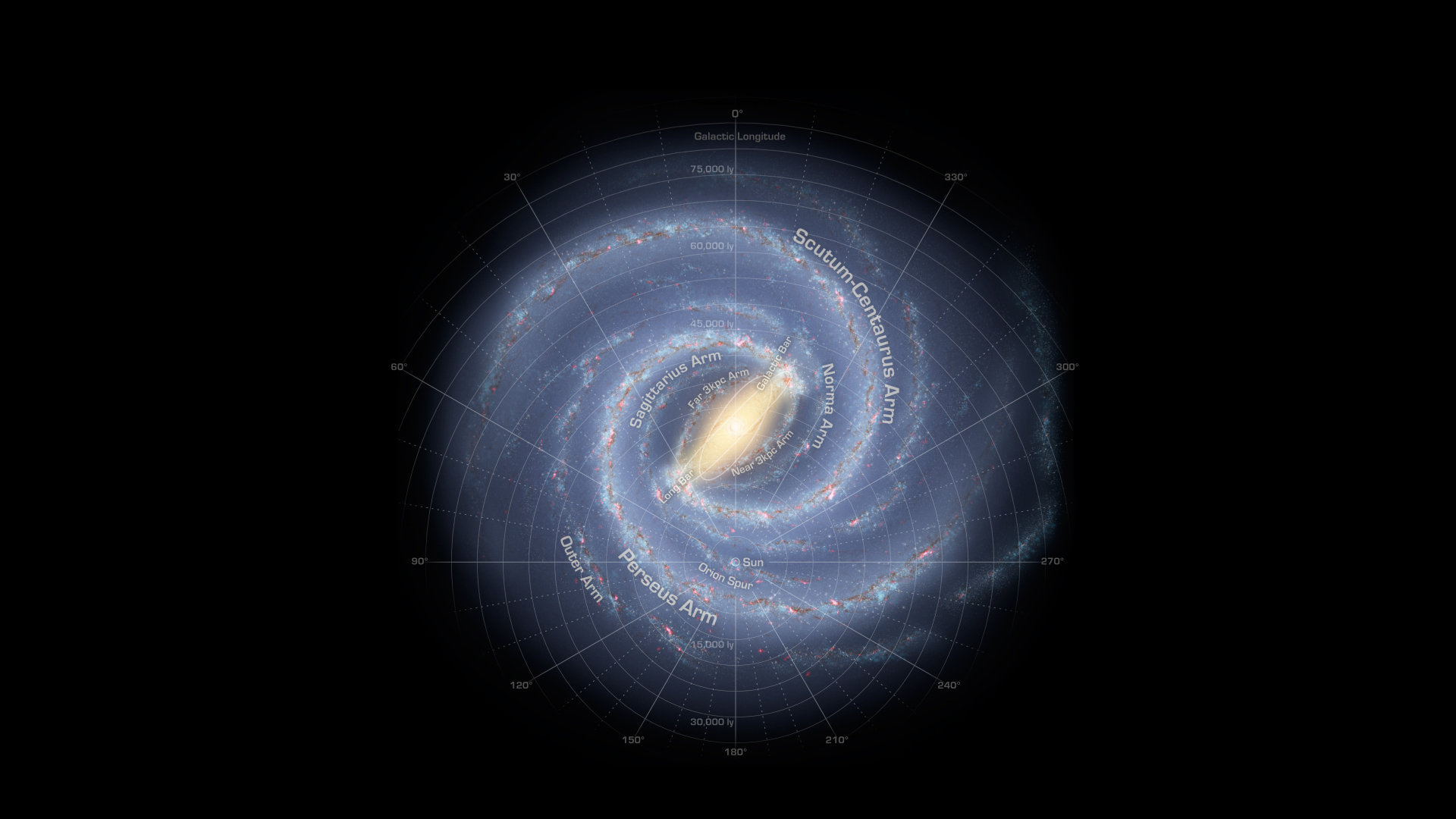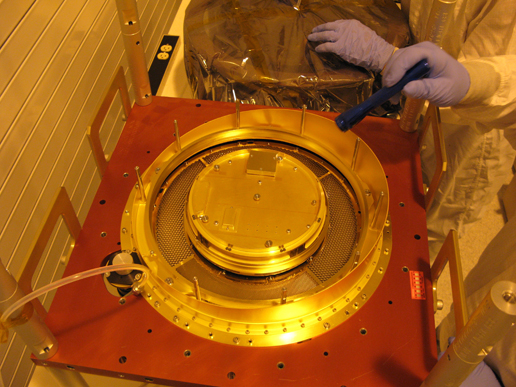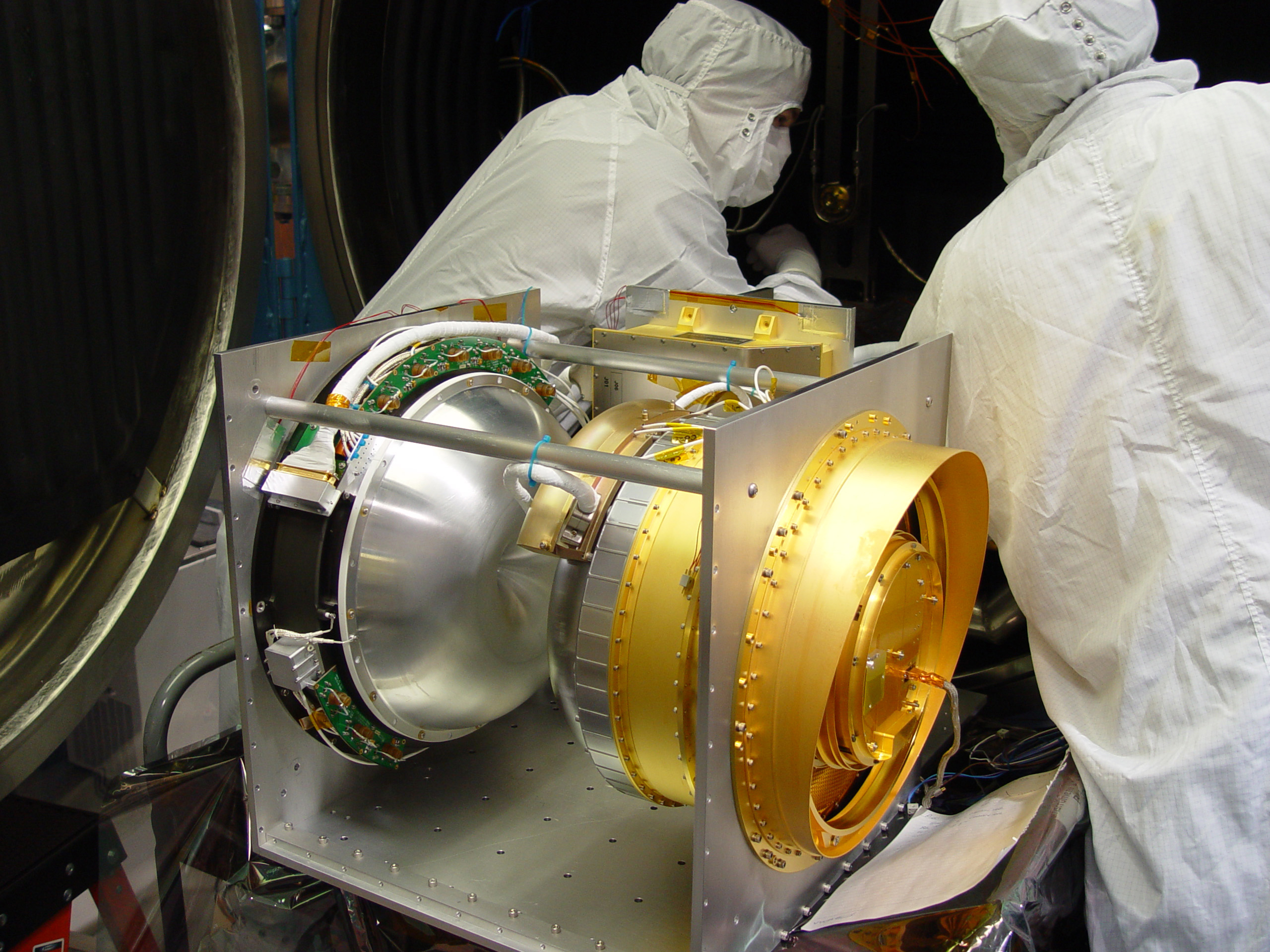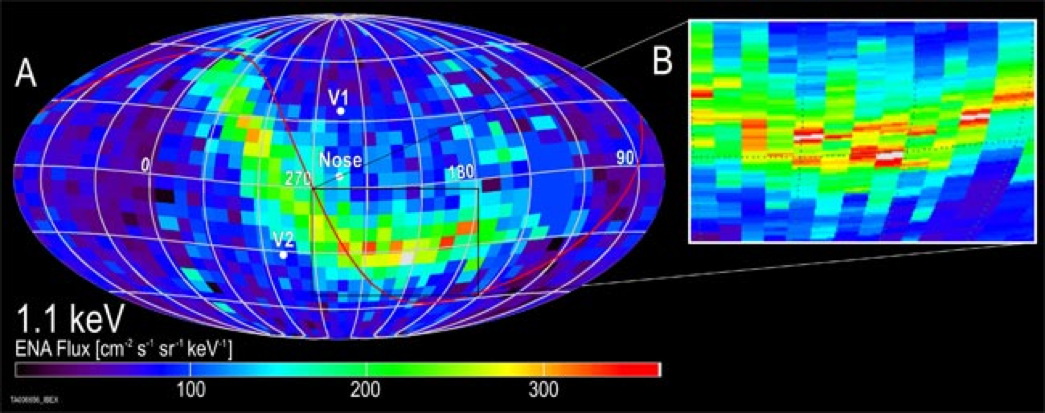Photos: NASA's IBEX Probes Solar System's Edge
Interstellar Boundary Explorer
Roughly the size of a card table, the Interstellar Boundary Explorer (IBEX) is the latest in NASA's series of low-cost, rapidly developed Small Explorers spacecraft.
NASA IBEX Heliosphere Illustrated
This NASA-provided graphic shows the heliosphere around the sun. The region is dominated by the sun and s inflated, like a bubble, in local interstellar material by the million mile-per-hour solar wind. This bubble keeps out the ionized or charged particles and magnetic fields from the galaxy and so protects us from dangerous galactic cosmic rays.
NASA Primes IBEX Spacecraft to Probe Solar System's Fringe
Artist's impression of NASA's IBEX spacecraft studying the edge of our solar system.
Interstellar Dust Inflow Seen by IBEX
The galactic wind streams toward the sun from the direction of Scorpio and IBEX has found that it travels at 52,000 miles an hour. The speed of the galactic wind and its subsequent pressure on the outside of the solar system's boundary affects the shape of the heliosphere as it travels through space.
Milky Way Illustration with Arms
The Milky Way Galaxy is organized into spiral arms of giant stars that illuminate interstellar gas and dust. The sun is in a finger called the Orion Spur.
IBEX Sees Oxygen From Interstellar Space
NASA's Interstellar Boundary Explorer (IBEX) has found that there's more oxygen in our solar system than there is in the nearby interstellar material, the space agency announced on Jan. 31, 2012.
IBEX Hi Sensor
IBEX has two sensors one on each side: IBEX Hi and IBEX Lo. This photo shows the IBEX Hi sensor. Each time an energetic neutral atom comes in to one of the sensors, it is recorded. At the end of six months of that data it will give scientists a picture of the entire 360 degrees longitude celestial sphere.
Breaking space news, the latest updates on rocket launches, skywatching events and more!
IBEX Lo Sensor
IBEX has two sensors one on each side: IBEX Hi and IBEX Lo. This photo shows the IBEX Lo sensor. Each time an energetic neutral atom comes in to one of the sensors, it is recorded. At the end of six months of that data it will give scientists a picture of the entire 360 degrees longitude celestial sphere.
IBEX Integration and Testing
The picture shows integration testing in the clean room with the spacecraft side panels (left and right), which hold the IBEX Hi and Lo sensors, connected to the rest of the spacecraft (center) via jumper cables.
IBEX Payload on Its Test Fixture
The picture shows the IBEX payload on its test fixture just before the technicians inserted it in to the thermal vacuum chamber.
Mystery Emissions Spotted at Edge of Solar System
An all-sky map made by the IBEX spacecraft shows a surprising bright ribbon of emission coming from the edge of the solar system.

Space.com is the premier source of space exploration, innovation and astronomy news, chronicling (and celebrating) humanity's ongoing expansion across the final frontier. Originally founded in 1999, Space.com is, and always has been, the passion of writers and editors who are space fans and also trained journalists. Our current news team consists of Editor-in-Chief Tariq Malik; Editor Hanneke Weitering, Senior Space Writer Mike Wall; Senior Writer Meghan Bartels; Senior Writer Chelsea Gohd, Senior Writer Tereza Pultarova and Staff Writer Alexander Cox, focusing on e-commerce. Senior Producer Steve Spaleta oversees our space videos, with Diana Whitcroft as our Social Media Editor.


